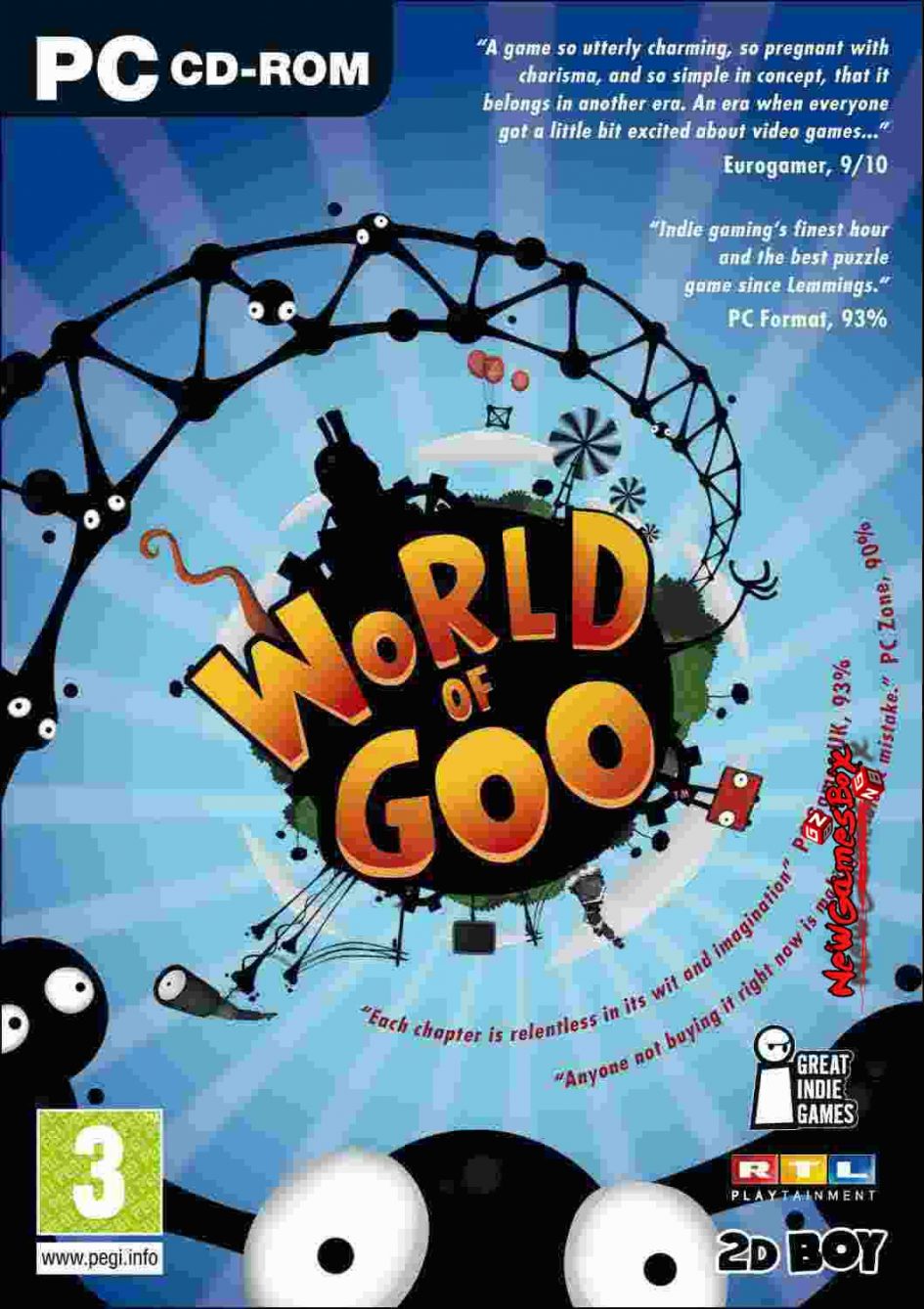

Unlike other competitive metrics like Impression Share, SOP is an absolute metric, meaning that by increasing your own SOP, you’ll take it away from your key competitors on the SERP.īelow is a breakdown of the four key processes involved: The key takeaways here are that SOP across your most important search landscapes is equivalent to maintaining high visibility on the ‘Digital Shelf’. What’s obvious is that this is a deliberate strategy to ‘own’ this landscape, and one that will certainly deliver a high click share vs. Or maybe because they could deliver a higher Lifetime Value than other products. Why go to all that effort? Perhaps I’m speculating, but it could be because door closers are a highly profitable product. 12.5% SOP (your top placed ad is worth 2 slots 2 slots / 16 slots overall = 12.5): If you have one PPC ad in the top slot on this landscape, and nothing else, then you have approx. The formula for SOP is: # of your listings / # of overall listings (above the fold). other ad and organic listings, from an SOP perspective.

The top text ads will likely have more ad extensions applied, therefore these would effectively be worth 2x vs. Anything below this is less likely to be seen, and so probably won’t be as important to your overall search visibility.įor desktop, realistically the top four PPC ads, together with the PLA listings and top three organic listings may comprise the SOP landscape.

Looking at all of the components of a typical search results page, we can only really look at including those elements which are ‘above-the-fold’ as part of the SOP calculation. There are four processes involved in achieving this: regular text ad management, shopping campaign management, SEO, and affiliate management. In other words, by increasing our SOP, we’re effectively redistributing impressions, clicks, and sales away from the competition. Previously, you may have owned just a small part of this (a text ad, the odd product listing ad (PLA), or an organic listing – but not all three in the same SERP).īy optimising towards SOP, retailers can effectively increase their share of clicks, and more importantly, unlike Impression Share, it’s an absolute measure in that the higher your SOP, the lower the share available for your competitors. Your most important search landscapes represent the digital shelf.
#WORLD OF GOO PPC OFFLINE#
There could also be some that are great for feeding the ‘upper funnel’ or driving offline store visits. Perhaps there are others that drive strong ROI or Lifetime Value. Maybe there are certain search queries that drive a high number of transactions historically within Q4. Think about your most important SERPs, in terms of performance.

For highly-competitive, high-value SERPs the primary objective should be to increase your ‘Share of Shelf', or perhaps more appropriately ‘Share of Page’ (SOP). On the other hand, a Share of Shelf above 40% would be considered a major win, as typically this meant more space for us and of course, less for our competitors.Īs online retailers navigate Q4, there are a number of lessons they can learn from how FMCG companies jostle for space among the most competitive aisles.Įffectively, retailers need to think of the Search Engine Results Page (SERP) as a kind of ‘digital shelf’. This was actually a primary KPI - anything less than 30% at eyeline level was simply not acceptable from a marketing point of view. Once we’d negotiated a strong shelf position for our brands, it was said that we had achieved an optimised Share of Shelf. If your brands aren’t visible at eye-level, chances are that your rate of sale will be ‘underleveraged’ (FMCG speak for slow). Within a retail context, it’s all about on-shelf visibility. It was a great gig, not only because I’d eat my weight in chocolate every day, but more importantly because it provided me with solid insight into the marketing challenges of an FMCG brand out there in the real world. Before embarking on a career in digital, my first job out of higher education was as a category executive for a well-known chocolate brand.


 0 kommentar(er)
0 kommentar(er)
